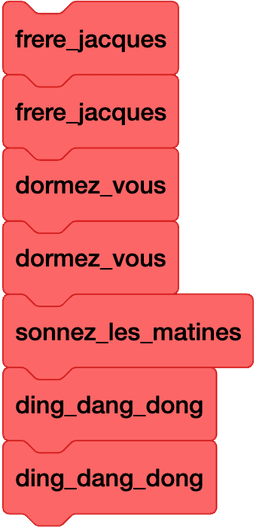Myths about teaching can hold you back
- Year 7
Sequence
I can use subroutines to execute sequences of commands.
These resources will be removed by end of Summer Term 2025.
Switch to our new teaching resources now - designed by teachers and leading subject experts, and tested in classrooms.
These resources were created for remote use during the pandemic and are not designed for classroom teaching.
Lesson details
Key learning points
- Computers only follow the commands they are given, so these need to be precise and accurate.
- Commands can be joined together to create sequences in Scratch to achieve a desired outcome.
- Sequences can be separated into individual subroutines.
- Programs should be written so that other people can easily understand them. Subroutines are used to do this.
Keywords
Execute - to run or carry out the commands in a program
Sequence - the order of commands in a program
Subroutine - a sequence of instructions with an identifiable name that performs a specific task
Common misconception
A sprite in Scratch can only have one sequence of code blocks.
Sequences of code can be separated into subroutines and these subroutines can be called multiple times.
To help you plan your year 7 computing lesson on: Sequence, download all teaching resources for free and adapt to suit your pupils' needs...
To help you plan your year 7 computing lesson on: Sequence, download all teaching resources for free and adapt to suit your pupils' needs.
The starter quiz will activate and check your pupils' prior knowledge, with versions available both with and without answers in PDF format.
We use learning cycles to break down learning into key concepts or ideas linked to the learning outcome. Each learning cycle features explanations with checks for understanding and practice tasks with feedback. All of this is found in our slide decks, ready for you to download and edit. The practice tasks are also available as printable worksheets and some lessons have additional materials with extra material you might need for teaching the lesson.
The assessment exit quiz will test your pupils' understanding of the key learning points.
Our video is a tool for planning, showing how other teachers might teach the lesson, offering helpful tips, modelled explanations and inspiration for your own delivery in the classroom. Plus, you can set it as homework or revision for pupils and keep their learning on track by sharing an online pupil version of this lesson.
Explore more key stage 3 computing lessons from the Using fundamental programming constructs in a block-based language unit, dive into the full secondary computing curriculum, or learn more about lesson planning.

Equipment
Pupils will need access to a device with block-based programming software. Examples in this lesson use Scratch https://oak.link/scratch
Licence
Prior knowledge starter quiz
6 Questions
Q1.A program is a set of that can be run by a computer.
Q2.A sequence is a precise set of instructions in a particular ...
Q3.What type of code block is this?
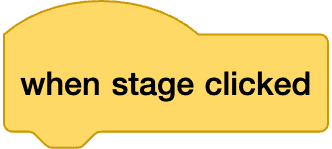
Q4.True or false? This sequence of commands will make the sprite move 100 steps, play the sound woof, then turn the sprite clockwise 90 degrees and play the sound woof again.
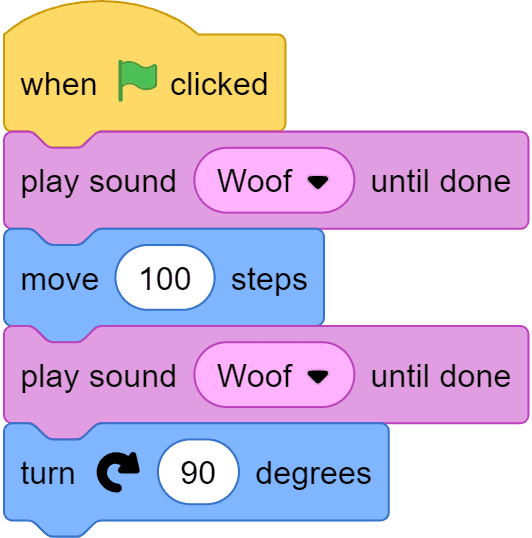
Q5.True of false? When the blocks are rearranged and joined together differently, the sequence changes.
Q6.Which icon do you use to add a new sprite in Scratch?
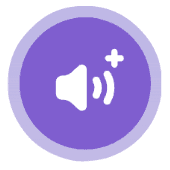
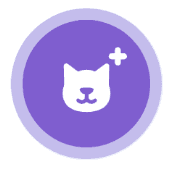
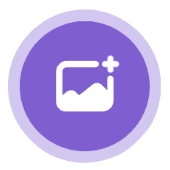
Assessment exit quiz
4 Questions
Q1.When instructions are carried out by a computer, this is known as __________.
Q2.A __________ is a pattern or process where one thing follows another.
Q3.A is a named section of code that can be called (used) in a program.
Q4.In this sequence of code, we have several blocks. What does frere_jacques represent?
